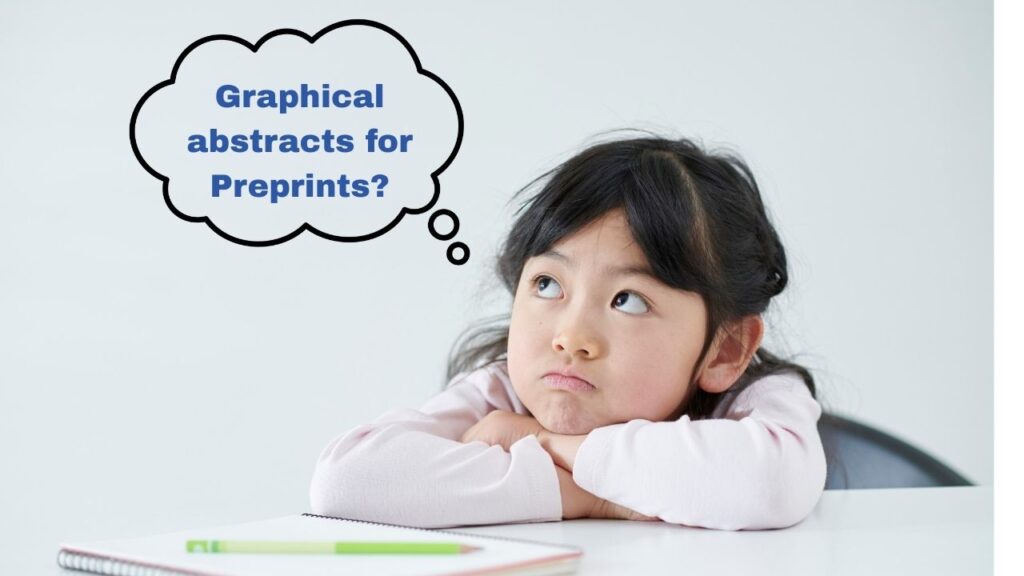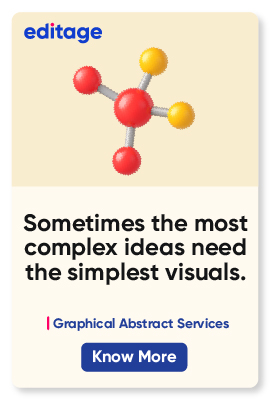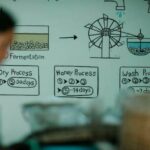Why Journals are Now Mandating Graphical Abstracts

If you have published your research in the past few years, you must have come across several journals asking you to submit graphical abstracts. And it only seems that more journals are getting added to the list each year! But why exactly are journals demanding graphical abstracts? Here’s a deeper look.
Science Communication in the Post-COVID Era
There was a time when scientific research was predominantly consumed by scientists, researchers, and academics alone. However, in the post-COVID years, even the general public and other non-experts have shown increasing interest in science. This means that journals are competing to reach a global audience on a wider scale.
But that’s not the only reason. Let’s look at some facts:
- Life sciences contain a lot of complex information. Nearly 2 million articles are estimated to be published each year in scholarly journals! This means that attracting the attention of editors, reviewers, and readers can be challenging for authors.
- Professionals in different fields constantly look for information to keep themselves updated of the latest trends. There is this continuous demand for educating the community through different modes of communication.
- The volume of complex information is only expected to increase exponentially. With this vast wealth of scientific data at their disposal, readers are starting to look for simplified versions of research articles that can be consumed in their limited available time.
- Reduced attention spans in this digital era is another factor that has seeped into the scientific field as well! Although publishing research papers remains the primary mode of research dissemination, alternative means are increasingly explored.
This makes it evident that more journals and publishers are demanding graphical abstracts to stay relevant in the digital space. And authors are slowly falling into rhythm as well! With multiple tools and applications available, researchers are learning to equip themselves with the skills required to design effective graphical abstracts. Yet, challenges remain.
How to Make Your Graphical Abstract Stand Apart
Graphical abstracts can help you catch the eye of journal editors, peer reviewers, and readers alike. However, with numerous well-designed visual abstracts, how do you ensure that your design stands out? For this, you first need to know the primary purpose of graphical abstracts.
1. Graphical abstracts supplement text, not replace.
Many authors mistake graphical abstracts to be alternatives to textual abstracts. At times, they even try to communicate their entire research paper trough this visual format! But that’s not the objective of graphical abstracts.
They are only meant to provide the readers with enough information for them to be curious about your research. Hook them visually, and your text gets the attention it deserves!
2. Visual communication (the right way)!
When you are using pictures, icons, and graphics to communicate, it is important that they are used right. Even if you are starting out with a rough sketch, have a clear layout to help create an effective graphical abstract with relevant visuals. Let’s take an example. Say you wish to explain the greenhouse effect. Here are 2 rough sketches of a layout that can be used to represent this concept.
Sketch No. 1:
☀ Sun
/|\ * solar radiation
//|\\ ↑↑↑
–>–>–↓–→→→→→→→→→→→→→
→ ↑ ↑↑↑↑↑
↑ ↑ ☁️ ↓ ⇧
↑ ↑ ⇧⇧⇧⇧ ↗↗↗↗ ⇧ clouds
↑↑ ↘↘↘ ↘↘ ⬈ heat escaping
↓↑↓↑↓↑↓
↓ 🌍 ←← Earth
→↓ ↑ ↓↓↑
↑ ↑↑↑ ↑↑↓↓ ← trapped heat
☁ ↓↓↓↓
↑ greenhouse gases (CO₂, CH₄, etc.)
☁ ☁ ⇄⇄⇄ heat re-radiated
“Infrared ↑↑” “Traps Heat”
☁ more clouds
“Absorbed energy” ↓
Sketch No. 2
☀ Sun
|
Solar Radiation (shortwave)
|
⬇⬇⬇
——————————-
| Atmosphere |
| ☁ ☁ ☁ Clouds + GHGs |
| (CO₂, CH₄, H₂O, etc.) |
——————————-
⬇
🌍 Earth’s Surface
|
Absorbed by land and oceans → warms surface
|
Infrared Radiation (longwave)
⬆
|
Some escapes to space ←←←←←←←←
Some trapped by GHGs →→→→→→→→→
|
⬅⬅⬅ Re-radiated back
|
Warming the planet
Unlike the first sketch, the second sketch shows a straightforward vertical flow from Sun to Earth with clearly labeled arrows representing energy movement. There are no overlapping or confusing elements, and the layers for atmosphere and surface are separated for clarity.
The second sketch helps readers grasp the concept easily, whereas the poor visuals in the messy version can obscure comprehension.
3. Quicker understanding.
Graphical abstracts should tell a story that’s easy to grasp. No, do not be under the impression that it can all be digested in one glance. Your audience can take time, but it should be significantly less time than that required to consume an entire research paper!
Like in the above example, the use of arrows, icons, images, and text in the right way can help convey the concept in a short time. Understanding visually before diving into the textual format also helps set context to the audience when they read the research paper.
4. Breaking language barriers.
Pictures go beyond the boundaries of language!
Say you wish to promote your research paper in different social media platforms. Your graphical abstracts—when done right—can help you reach out to audiences that are not highly familiar with the English language but are scientifically sound in your research field. This in turn can help you expand your network and gain insights from researchers globally.
Final Thoughts
Publishers mandating graphical abstracts is a practice that’s expected to steadily grow in the upcoming years. With more and more journals requiring the submission of these visually appealing abstracts, it is imperative that researchers familiarize themselves with simple yet efficient designing tools.
Looking to make your research more impactful? Check out Editage’s Graphical Abstract Design Services and get professional support to make your research stand out.











